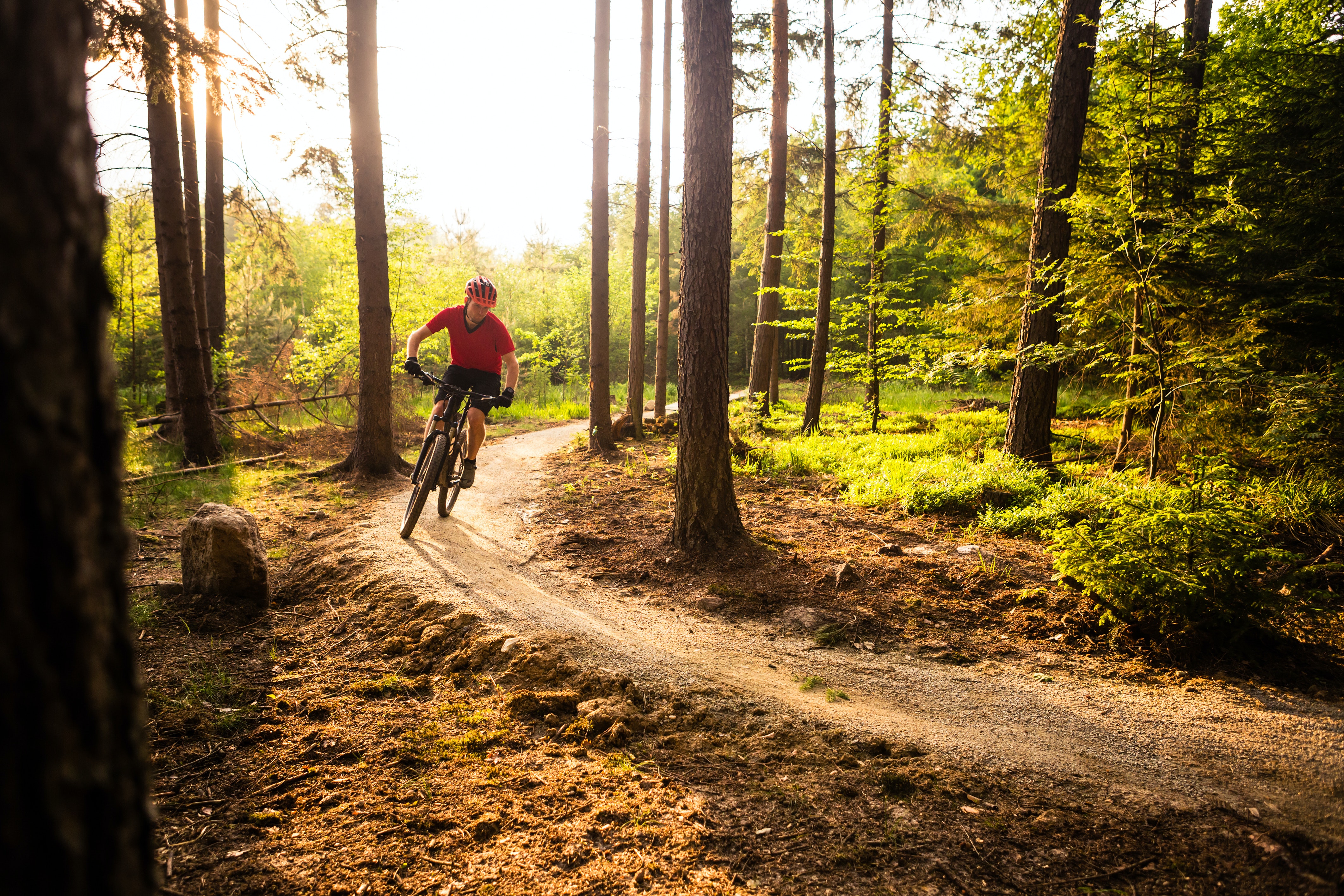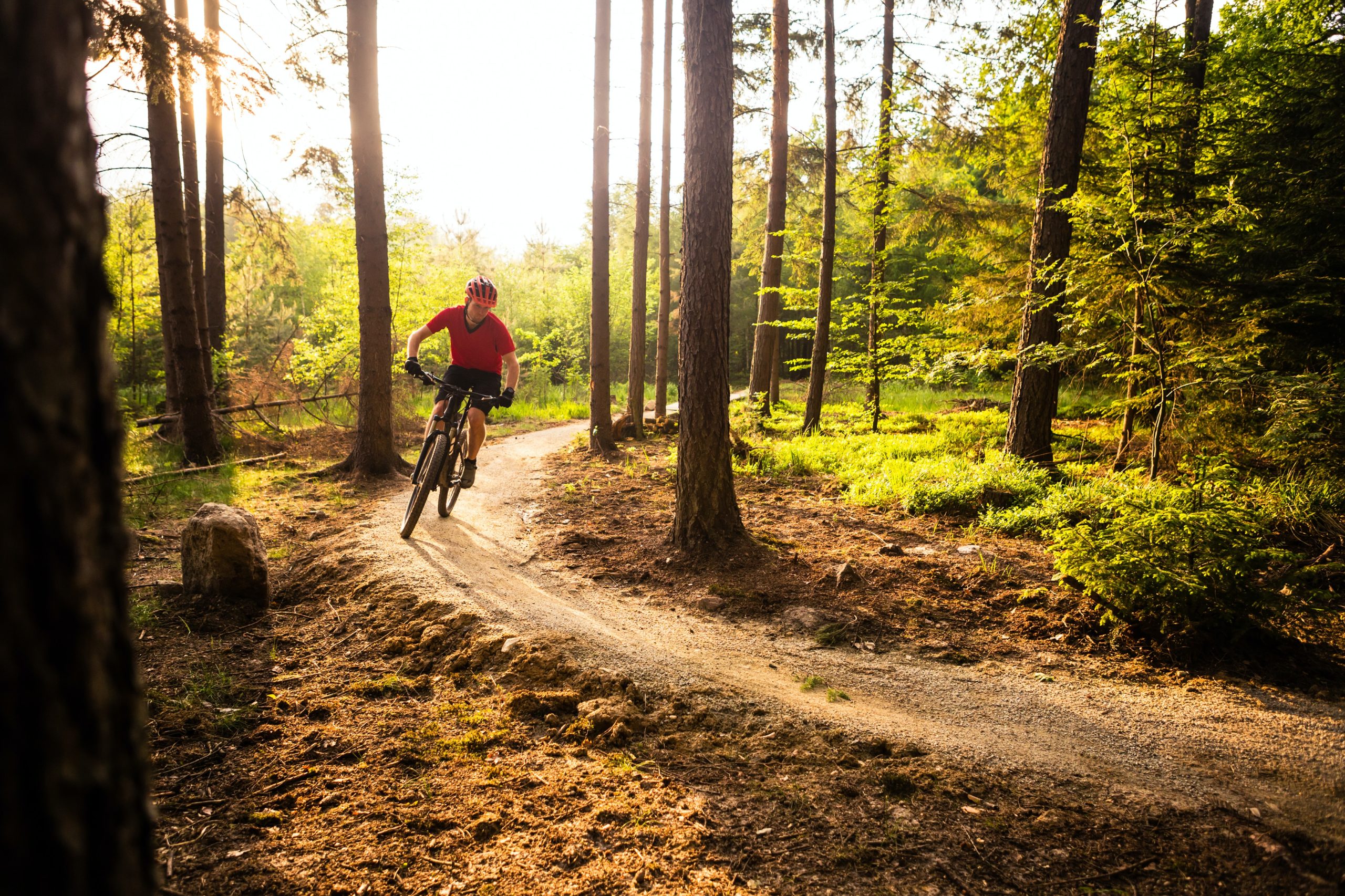
The bicycle as we know it; has been a fixture throughout the world for over 150 years. Some early designs can be dated easily to the early 1820's. As a mode of transportation people from around the globe have adapted the bicycle to their needs and still rely on the simplicity over motorized vehicles to this day. In regards to green transportation, only walking can be considered in comparison to the bike. Add to the green component high fuel prices, and many commuters are now using bicycles for part, or all of their daily trips to and from work.
With such a rich history it is difficult to understand why the National Parks System is less than accepting to bicycles on park lands. Until recently, bicycles were only allowed on roads and paths that were open to all vehicles. During the summer of 2012 a rule change provided park superintendents the option of allowing bikes on fire roads and other paths open to park maintenance. Previously, the use of new trails, was difficult at best to access. A lengthy process that frustrated many made public access to new areas, creation of trail systems, and use of lands for anything besides hiking or foot access the only possible means.
The basic rule that is in place currently for most every National Park is that bicycles are only able to use paved roads, and along designated routes. The use of paved roads that also carry vehicular traffic can be a difficult proposition. Some roads in National Parks are narrow, or have many recreational vehicles that crowd the lanes. With the advent of mountain bikes a few decades ago, many park explorers sought to escape the roads shared with cars, and be able to see more terrain than on foot.
Not so fast though. Many park users are scolded by hikers, or even ticketed by rangers for improper use of trails, or accessing areas off limits to bikes. This confuses some, and asks an easy question, why do hikers get to access but bikes do not? The impact is very similar between foot and bike. Evidence shows that each access type poses specific issues, but most of all, impact is basically equal. Rule 36 CFR § 4.30 went into effect in August of 2012, and with this parks now have some options to allow further, deeper access to our beautiful National Parks.
If the National Parks System could contemplate increased access for bicycles, what about cities? A recent storm impacted the Phoenix area in early March of 2013. By mid-afternoon there were approaching 30 major vehicle accidents, and every major freeway had a significant stoppage. Effectively, nobody could reasonably leave or enter the city for a while without major delays. If it were not for the rain and wind, could bicycles be a solution?
Many cities have saw fit to add bike lanes to many streets in an effort to provide a distinctive area for cycling traffic. Some cities are even looking at street design to separate cars and bikes. However, few cities have actual paved bike trails. For some, the argument is usage, that dollars should be spent where the most use is seen, and that is for cars. One of the leading issues for lack of bicycle use is safety – from cars.
Los Angeles has several paved bicycle trails that skirt freeways, standard roads and provide possible access to many parts of the city. It is possible to ride nearly 100 miles one way from Riverside to Orange County on a bicycle only path. Other paths run along the beach where it is possible to ride for 60 miles along the ocean with limited intrusions by vehicles. If a city like Los Angeles can spend millions on bicycle access where it has spent billions on car access, what is preventing your own town from doing the same?
Now, imagine exploring our great lands. Can you hear the peace and quiet? Could you ride your bike in that same peace and quiet, and have an incredible experience in just a few hours? Could that same experience happen right in the middle of your own city or town? Many believe that to be possible.
Thousands of citizens in your own cities and towns access the great outdoors on a daily basis for fitness, enjoyment and a host of other reasons. Some do so by car, train or mass transit. Others by less fossil fuel related means. Who has the best overall experience?
Amazingly nature is all around us. It reaches for miles in all directions from where you are now. While the green movement attempts to preserve nature, and our environment for that matter for future generations, have we really looked at access?
Access to the great outdoors is a factor in our green environmental efforts. Amazingly, there are many residents of large cities such as New York, Chicago or Los Angeles that have never been outside of their area. They have yet to hike to the top of a mountain, or experience the thrill of coasting downhill on your bike, seeing the sights, the quietness of just the wind rushing by you.
How do we address the difficulties in exploring our great natural areas just miles from our doorsteps? The first step is you. Proper usage by knowing and abiding by the rules is first. Showing respect can be rewarded by the powers that be hearing your voice and your suggestions. Spread your voice around so that problems and access issues can be addressed locally, regionally and nationally. Lastly, join an organization that supports public access to natural areas. The power of many works great, that collective does many great things such as trail maintenance, clean ups, and building of sites and trails so that the public can get out and enjoy our great lands.
Access to our beautiful parks and to nature itself does not just happen by entering a gate. It happens in the journey there as well.

